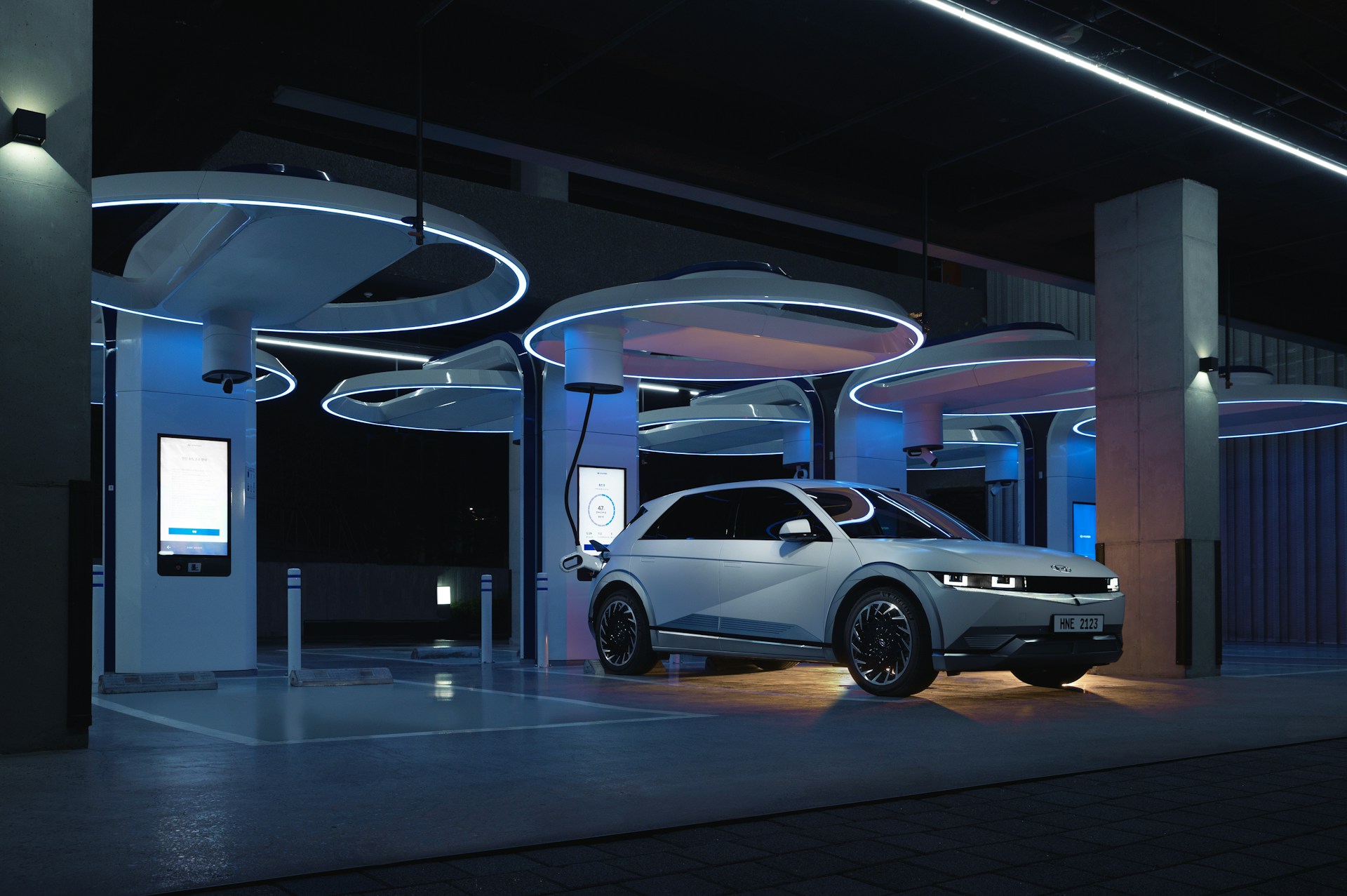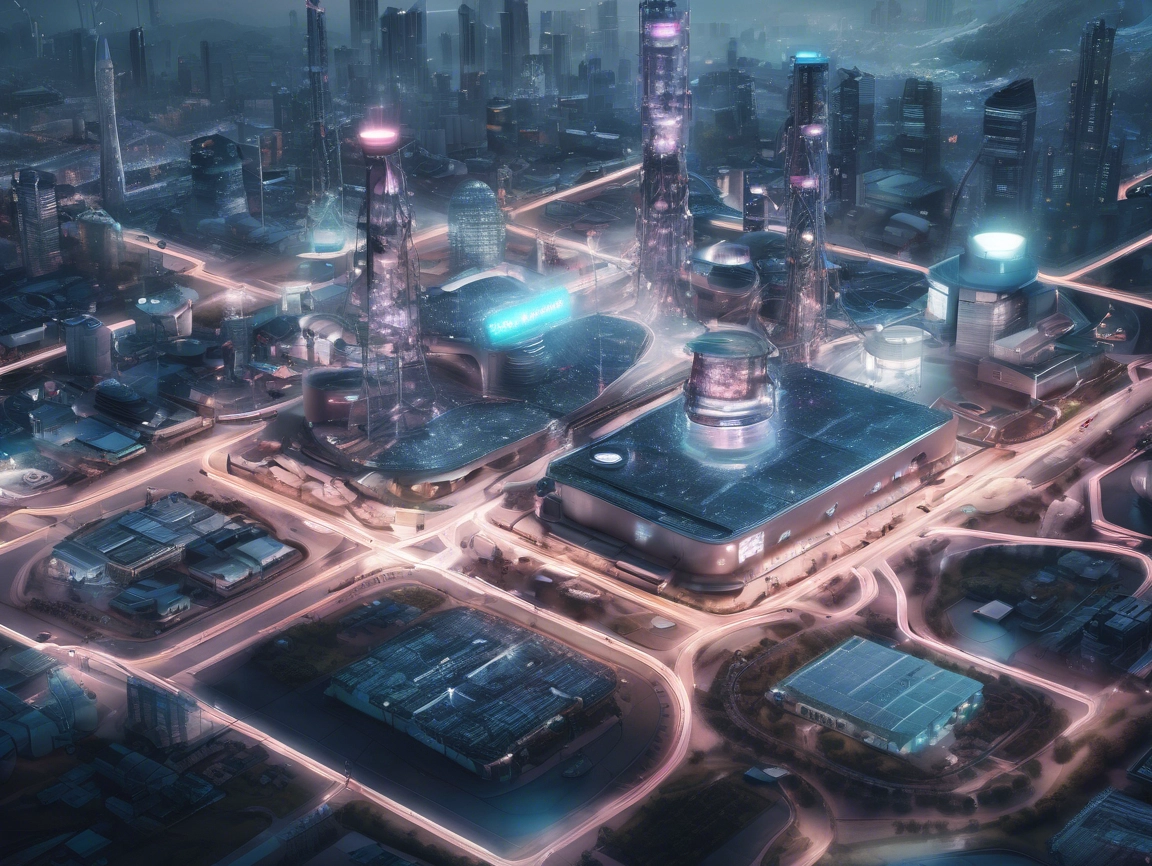
The Electric Future: Hyundai’s Bet on Hydrogen and EVs for a Sustainable World
As the world accelerates towards a sustainable future, South Korea’s Hyundai Motor Company is placing a bold bet on both hydrogen fuel cells and electric vehicles (EVs) to lead the next wave of green technology. Known for its innovative approach to automotive engineering, Hyundai has doubled down on these two clean energy technologies with ambitions that go far beyond the car industry. Hyundai aims to leverage hydrogen and EVs not just to redefine transportation but also to help South Korea become a leader in green tech. The company’s $87 billion investment strategy reflects its ambitious goal: to become one of the top three EV manufacturers in the world by 2030 while also positioning itself as a global leader in hydrogen technologies.
Hyundai’s Commitment to Hydrogen: A Strategic Shift
Pioneering Hydrogen Technology
Hydrogen fuel cells have long been considered the holy grail of clean energy due to their potential for zero emissions and sustainability. Hyundai has embraced this vision, establishing its HTWO (Hydrogen Toward You) brand to drive innovation across various sectors. From passenger cars to commercial trucks and even marine applications, Hyundai’s hydrogen tech promises a world where fossil fuels are no longer necessary.
Hyundai’s flagship Nexo, one of the world’s leading hydrogen-powered cars, has showcased the feasibility of hydrogen fuel cells in consumer vehicles. With a range that exceeds many battery-electric vehicles (BEVs) and refueling times comparable to gasoline cars, the Nexo is emblematic of Hyundai’s confidence in hydrogen’s future.
“Hydrogen is not just about cars. It’s about building a sustainable energy infrastructure that powers industries and cities alike,” said Saeyoung Song, a senior researcher at Hyundai’s hydrogen division.
Expanding Beyond Cars
Hyundai is also exploring hydrogen-powered buses, trucks, and ships, cementing its status as a frontrunner in this space. By partnering with global governments and energy firms, the company is laying the groundwork for a hydrogen ecosystem. The government’s Green New Deal further complements Hyundai’s objectives, as South Korea aims to deploy 200,000 hydrogen vehicles and build 450 hydrogen refueling stations by 2030.
Hyundai’s Electric Ambitions: Charging Toward the Future
EV Production Goals
While hydrogen is part of the puzzle, Hyundai is equally focused on scaling its electric vehicle portfolio. In 2021, the company announced plans to roll out 31 new EV models by 2030, underlining its commitment to becoming a dominant player in the EV market. Its sub-brand IONIQ, which specializes in EVs, has received widespread praise for models like the IONIQ 5, which combines sleek design with advanced battery technology.
Hyundai’s EV investment of $16 billion signals its intent to produce 1.87 million EVs annually by 2030. This aligns with the company’s broader goal of electrifying more than half of its total global vehicle sales.
The Role of Software in EVs
Hyundai is also embracing software-defined vehicles (SDVs), which will enable cars to receive over-the-air updates that improve functionality over time. These software enhancements will allow for everything from autonomous driving to advanced infotainment systems, helping Hyundai maintain a competitive edge in the global market.
“Our EV roadmap is about more than just production numbers. It’s about building smarter, more connected cars that enhance the driving experience,” said Jaehoon Chang, Hyundai’s CEO, during a 2022 press briefing.
South Korea’s Green Ambitions: Government and Industry Collaboration
South Korea’s Green New Deal plays a critical role in fostering both hydrogen and EV adoption. Announced in 2020, the deal includes a $35 billion investment aimed at achieving carbon neutrality by 2050. Hyundai has been a key player in the execution of this policy, benefiting from incentives like tax breaks and research funding.
The government’s 2050 Carbon Neutrality Plan further emphasizes the development of a hydrogen economy while bolstering EV infrastructure, such as charging stations. Through this synergy between the private sector and government, South Korea is positioning itself as a global hub for green technologies, with Hyundai at the center of this transformation.
Global Implications: Can Hyundai Lead the Sustainable Automotive Future?
Hyundai’s dual approach to clean energy—pioneering both hydrogen and electric vehicles—sets it apart from other automakers. Most car manufacturers have chosen to specialize in one technology, but Hyundai’s bet on both hydrogen and EVs represents a holistic strategy that could define the future of transportation. While challenges remain, including high production costs and infrastructure needs, Hyundai’s investments are setting the stage for a cleaner, more sustainable world.
As Hyundai scales its efforts globally, the company’s success could serve as a blueprint for other nations and industries looking to accelerate their green transitions. With hydrogen and EV technologies gaining momentum, Hyundai is well-positioned to not only thrive in the global marketplace but also drive the automotive industry toward a sustainable future.
Driving Towards Sustainability
Hyundai’s investment in both hydrogen and EV technologies underscores its long-term vision of a world powered by clean energy. The company’s commitment goes beyond automobiles, touching every aspect of life from shipping and public transportation to software and infrastructure. With both hydrogen and EVs poised to reshape industries globally, Hyundai is betting big on being at the forefront of this transformation.
In a world grappling with climate change, Hyundai’s leadership in green technology presents a compelling case for a future where transportation is not just faster, but also cleaner and more sustainable. Whether it’s through hydrogen or electric vehicles, Hyundai is making strides that could set the pace for other automakers and industries worldwide. The road to sustainability is long, but Hyundai’s efforts could help ensure that the destination is closer than ever before.


